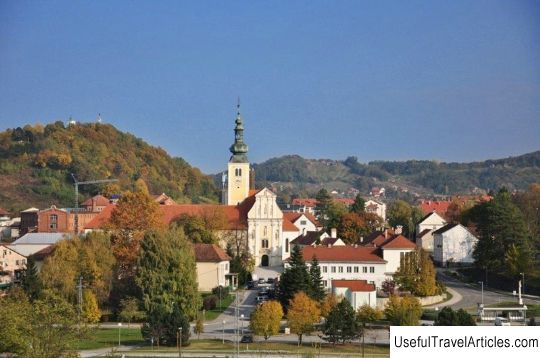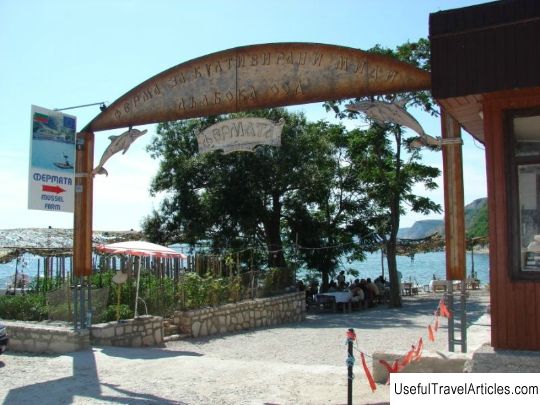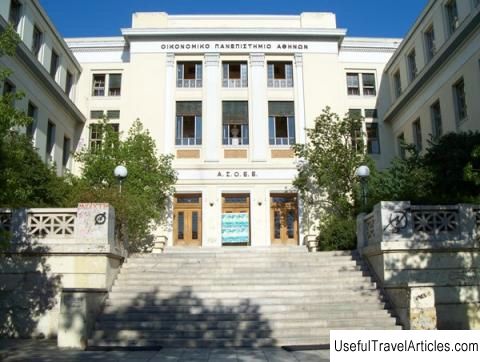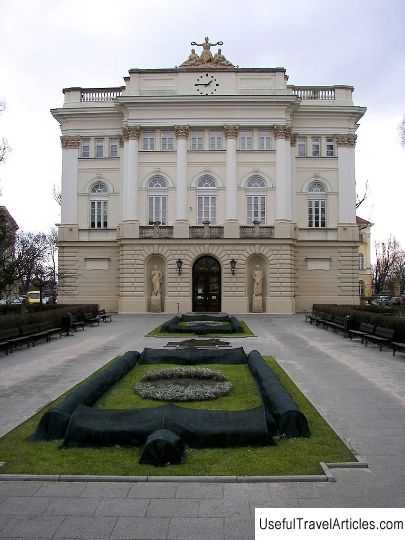Lepoglava description and photos - Croatia: Krapina
Rating: 8,5/10 (6787 votes) 
Lepoglava description and photos - Croatia: Krapina. Detailed information about the attraction. Description, photographs and a map showing the nearest significant objects. The name in English is Lepoglava. Photo and descriptionThe city of Lepoglava at all times was considered the cradle of science, art and culture. It was first mentioned in 1399, and a year later the famous monastery of St. Paul was founded by Hermann Celje. In 1582, the first public high school in Croatia was opened on the territory of the monastery. In 1656, the study of philosophy and theology began here, and later, in 1674, the school received the status of a higher educational institution. By the decree of Joseph II in 1786, the university was disbanded, and the teachers were expelled from the city. The culture and scientific life of the city is gradually fading away. In 1854, the university was converted into a prison. From the sights of Lepoglava it will be interesting to look at the Church of St. Mary. Its construction began in the 1400s with the arrival of scholarly monks in the city. During the Turkish invasions, the church was destroyed many times and then restored. The last large-scale reconstruction of the church took place in the 17th century, now it looks like a Gothic Baroque church. The interior of the temple includes carved wooden furniture, altars and baroque frescoes. The church organ was created by the famous master Pavel Ivanovich in 1737, and later restored by Ivan Janishek from Celje. The chapel of St. Ivan Goritsa was built in the 17th century, later it was rebuilt in the Baroque style and consecrated in honor of St. John. The walls of the chapel are decorated with murals by the famous artist Ivan Ranger. Another chapel painted with his brush is the chapel of St. George, built in 1749. This work by Ranger is recognized as a real masterpiece. The center of the painting is the image of St. George piercing a dragon with a spear. Other frescoes in Ranger's chapel at St George's are inspired by images from Greek mythology, such as the goddess Flora and the festival of life, motifs not found in Ranger's time. According to legend, it was in this chapel that the artist wanted to be buried.     We also recommend reading Maritime Museum (Deutsches Meeresmuseum) description and photos - Germany: Stralsund Topic: Lepoglava description and photos - Croatia: Krapina. |




